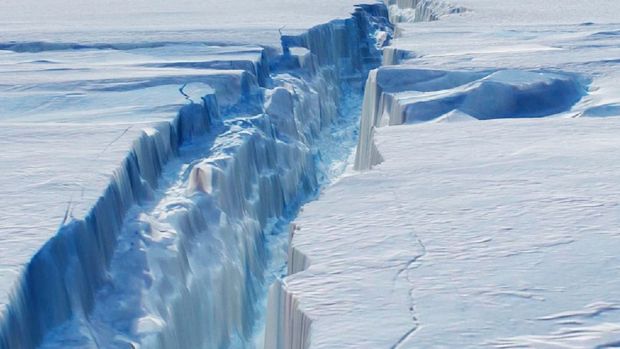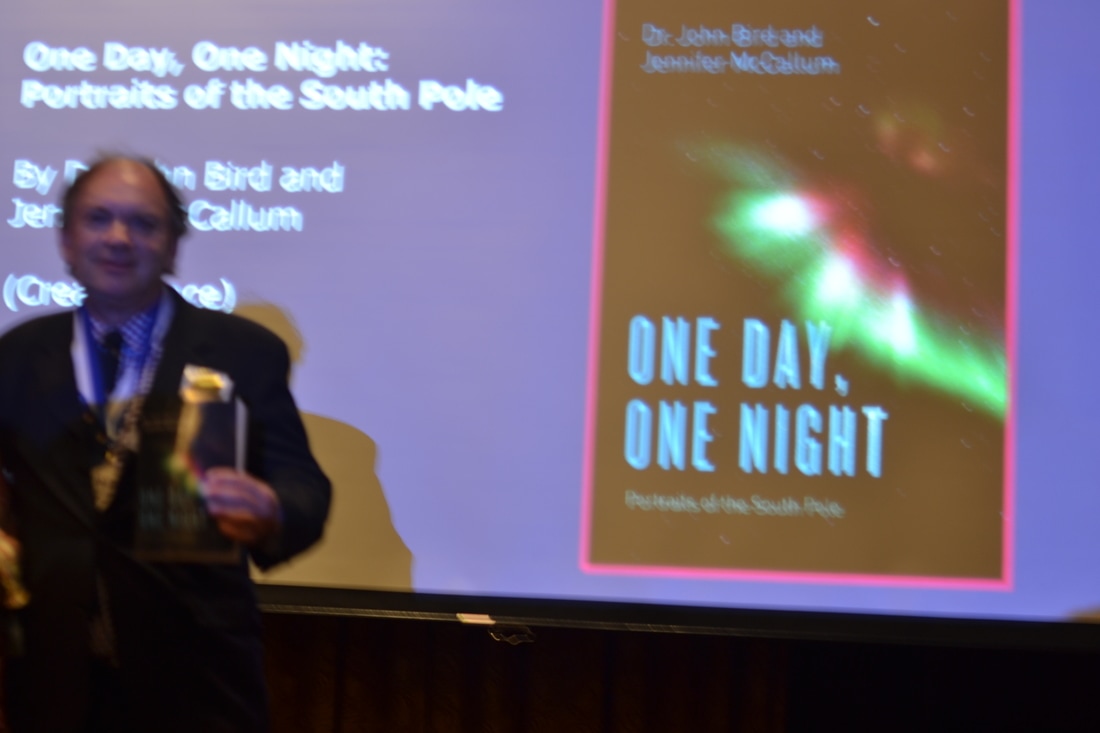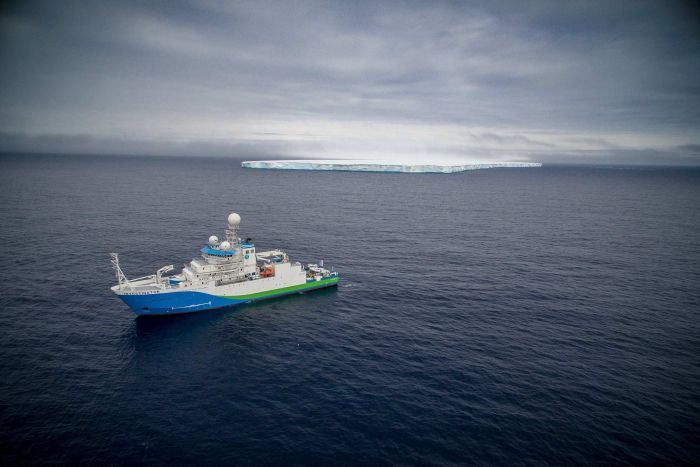Book tour at the Boston Museum of Science
| Larsen Ice Shelf |
Australian-based scientists are punching holes in Antarctica's sea floor to measure the impact of climate change on one of the world's most important oxygen producers.
The research team has mapped the unexplored Sabrina Coast sea floor for the best places to take ancient DNA samples of phytoplankton, or microalgae, that scientists say generate half of the planet's oxygen supply.
PHOTO: Dr Armbrecht says microalgae provide an important view into the past. (Supplied: Asaesja Young/CSIRO)
Dr Linda Armbrecht from Macquarie University said it was the first time the sampling had been done in that part of the world.
"The ancient DNA analysis is a new way of getting a complete picture of who thrived or didn't thrive in the ocean when past climate change has happened," Dr Armbrecht said.
"Phytoplankton is important for a range of reasons. It's the base of the food web, feeding krill, fish and ultimately whales.
"And they're important oxygen producers; every second breath we're taking is because of phytoplankton."
PHOTO: Diatom are a major group of algae, and among the most common types of phytoplankton. (Supplied: Dr Linda Armbrecht)
Dr Armbrecht is one of 22 scientists on board the CSIRO's Investigator research ship, on a 51-day mission in the region.
She said microalgae sink to the sea floor and were preserved, providing an important view into the past.
"We know it's happened but we don't know how they phytoplankton reacted. If we know that we'll have a better idea of what might happen in the future," she said.
The team is trying to look back as far as 30,000 years, taking sea floor samples at depths about 2,500 metres below the surface, to measure different periods of time.
Dr Armbrecht said microalgae was an important climate indicator.
"Phytoplankton are very sensitive to environmental conditions. They grow very fast and react quickly to changes in temperature," she said.
"We know now how phytoplankton react to certain temperatures and if we look at them from the past we can estimate how they'll react in the future."
The research team has mapped the unexplored Sabrina Coast sea floor for the best places to take ancient DNA samples of phytoplankton, or microalgae, that scientists say generate half of the planet's oxygen supply.
PHOTO: Dr Armbrecht says microalgae provide an important view into the past. (Supplied: Asaesja Young/CSIRO)
Dr Linda Armbrecht from Macquarie University said it was the first time the sampling had been done in that part of the world.
"The ancient DNA analysis is a new way of getting a complete picture of who thrived or didn't thrive in the ocean when past climate change has happened," Dr Armbrecht said.
"Phytoplankton is important for a range of reasons. It's the base of the food web, feeding krill, fish and ultimately whales.
"And they're important oxygen producers; every second breath we're taking is because of phytoplankton."
PHOTO: Diatom are a major group of algae, and among the most common types of phytoplankton. (Supplied: Dr Linda Armbrecht)
Dr Armbrecht is one of 22 scientists on board the CSIRO's Investigator research ship, on a 51-day mission in the region.
She said microalgae sink to the sea floor and were preserved, providing an important view into the past.
"We know it's happened but we don't know how they phytoplankton reacted. If we know that we'll have a better idea of what might happen in the future," she said.
The team is trying to look back as far as 30,000 years, taking sea floor samples at depths about 2,500 metres below the surface, to measure different periods of time.
Dr Armbrecht said microalgae was an important climate indicator.
"Phytoplankton are very sensitive to environmental conditions. They grow very fast and react quickly to changes in temperature," she said.
"We know now how phytoplankton react to certain temperatures and if we look at them from the past we can estimate how they'll react in the future."








 RSS Feed
RSS Feed